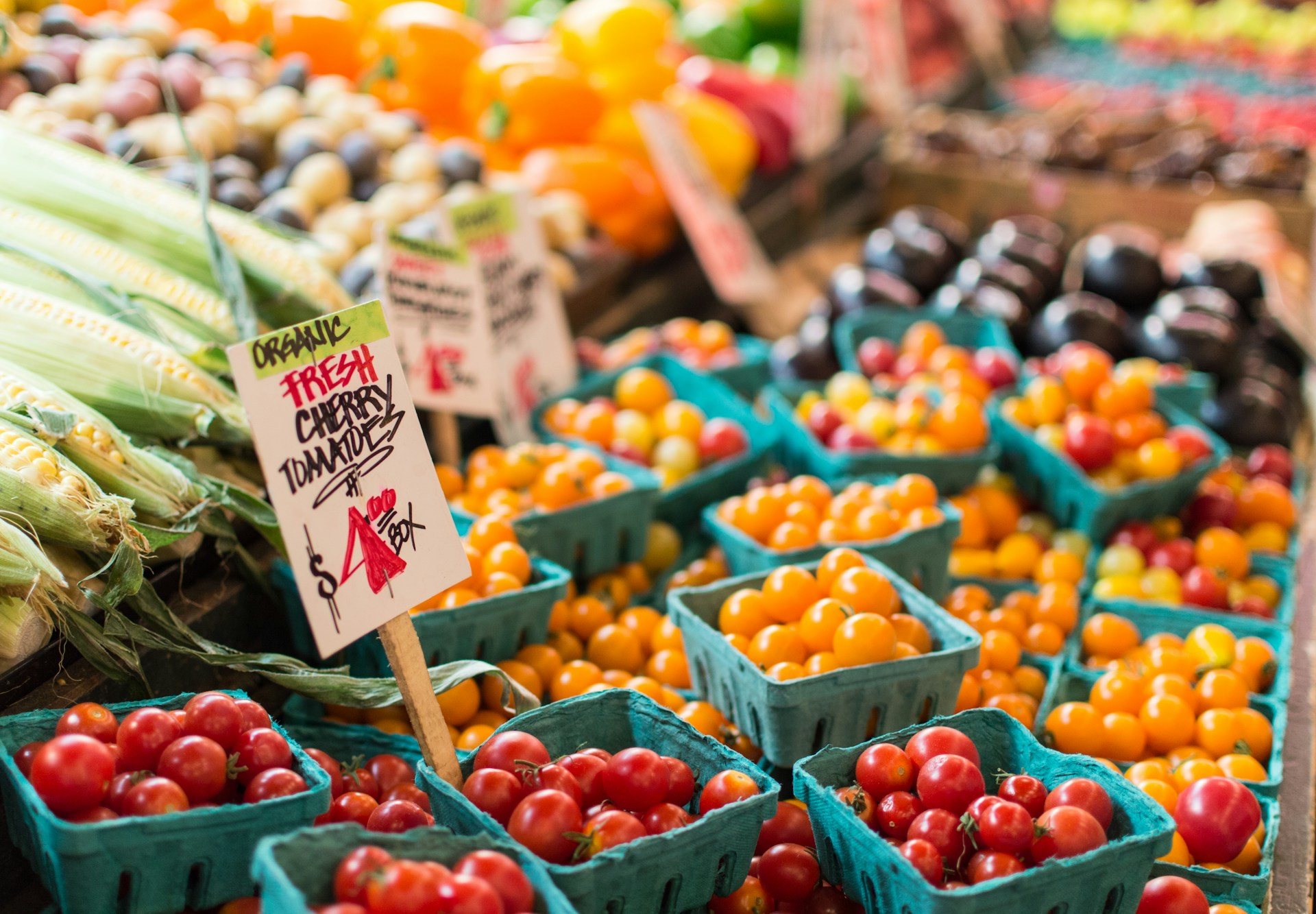
Why Seasonal Eating Might Be The Ultimate Hack for Women Over 40
Ladies, let’s talk about food—specifically, the kind that actually loves us back.
By the time we hit 40, our bodies start dropping hints that it’s time to level up our nutrition game. Maybe it’s metabolism playing hard to get, skin needing extra glow, or energy levels that just aren’t what they used to be (thanks, perimenopause).
The good news? Mother Nature has our backs. Eating seasonal produce isn’t just a foodie flex—it’s a total game-changer for our health, our taste buds, and even our wallets. Let’s break down why eating with the seasons is one of the smartest (and most delicious) things we can do.
Seasonal Produce = Peak Nutrition
Fruits and veggies are at their nutritional best when they’re in season. Why? Because they’re harvested at their peak, meaning more vitamins, minerals, and antioxidants for you.
✨ Example: That juicy summer tomato? Packed with skin-loving lycopene. That winter kale? A powerhouse of immune-boosting vitamin C.
The closer produce is to its natural ripening time, the more nutrients it retains—which is exactly what our bodies need as we age.
Supports Hormone Health (and Sanity!)
As women over 40, our hormones love to keep us guessing. One day, we feel amazing; the next, we’re crying at the Abbott Elementary – Always Sunny crossover episode.
Seasonal eating can help balance those hormonal rollercoasters by providing the nutrients our bodies naturally crave at different times of the year.
💚 Spring & Summer: Light, hydrating foods like cucumbers, berries, and leafy greens help keep bloating down and energy up.
🍂 Fall & Winter: Root veggies and squashes provide slow-burning carbs that keep our moods stable and ward off seasonal blues.
Food is fuel, but it’s also medicine. Choosing what’s in season means we’re giving our bodies exactly what they need, exactly when they need it.
Better for Digestion (Because Gut Health is Queen)
Let’s be honest—our digestion isn’t always as effortless as it used to be. The good news? Seasonal produce is easier on our gut because it naturally aligns with our body’s needs.
✔️ Summer: Watery fruits (like melons and berries) keep us hydrated and aid digestion.
✔️ Fall/Winter: Root veggies and squashes contain fiber that helps keep things moving (you know what I mean).
When we eat what’s naturally available, we’re in sync with our environment, making digestion smoother and bloating less of an issue.
Better Flavor, Better Food (AKA, No More Sad Strawberries)
Have you ever bitten into a pale, out-of-season strawberry in January and thought, Why does this taste like disappointment? That’s because out-of-season produce is often:
🚢 Picked before it’s ripe
🌎 Shipped from miles away
💨 Gassed to look fresher than it actually is
Seasonal produce, on the other hand? Flavor explosion. It’s fresher, juicier, and more vibrant—which means your meals taste way better with way less effort.
It’s Kinder to Your Wallet
Good news: Eating fresh doesn’t have to be bougie expensive. Seasonal fruits and veggies are more abundant, which means they’re cheaper and easier to find.
Think about it:
- Summer zucchini? Costs practically nothing in August.
- Fall apples? You can get a whole bag for the price of one sad, out-of-season mango.
Eating in-season is an easy way to eat healthier without breaking the bank.
Supports Local Farmers & Sustainability
When we buy seasonal, we’re supporting local farms instead of massive, industrial agriculture. That means:
✔️ Less pollution from long-distance food shipping
✔️ Fresher, higher-quality produce
✔️ A food system that actually makes sense
Bonus: Hitting up the farmers’ market is a whole vibe—fresh produce, cool people, maybe a fresh-baked croissant or three.
How to Start Eating Seasonal (Without Overthinking It)
Okay, so you’re in—seasonal eating sounds amazing. But where do you even start?
📌 Check What’s in Season – A quick Google search or a trip to your local farmers’ market will tell you what’s at its peak. And we plan on doing a monthly round up of seasonal produce, so you could just hang out here.
📌 Go for Color – Bright, vibrant produce usually means it’s fresh and in-season.
📌 Shop Local When You Can – Farmers’ markets, produce stands, or grocery stores that highlight local goods are your best bet.
📌 Freeze Extras – Buy seasonal produce in bulk, freeze it, and enjoy it year-round.
Final Thoughts: Eat Seasonally, Feel Amazing
Eating with the seasons isn’t about being perfect—it’s about making small, smart choices that make a big impact on our health, energy, and overall well-being.
So, next time you’re grocery shopping, grab what’s fresh, what’s vibrant, and what’s actually in season. Your body (and your taste buds) will thank you.
✨ What’s your favorite seasonal food? Drop it in the comments—I’m always looking for new ideas! 🍓🥑🌽

